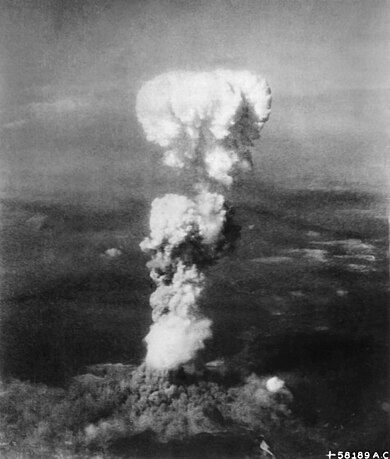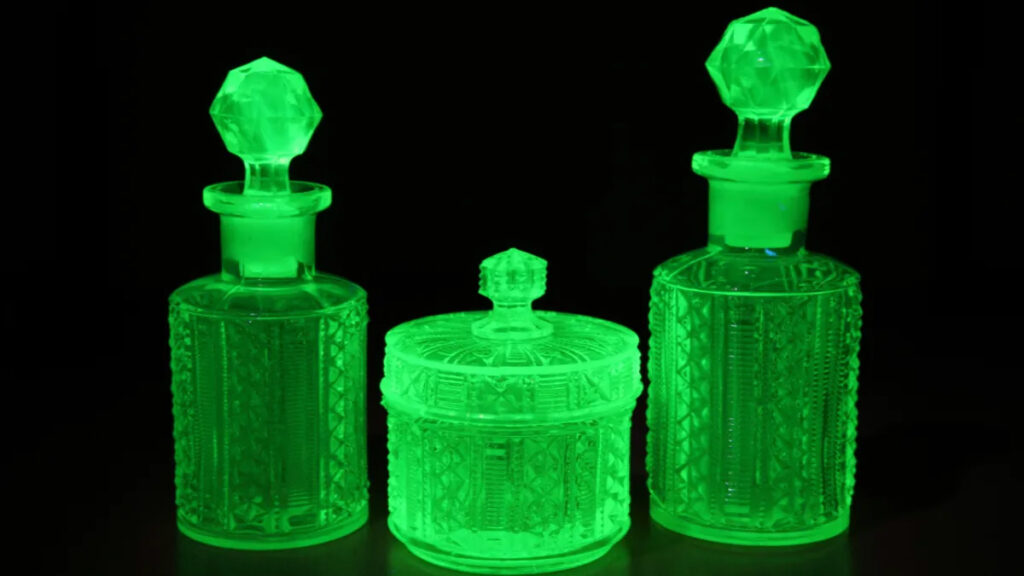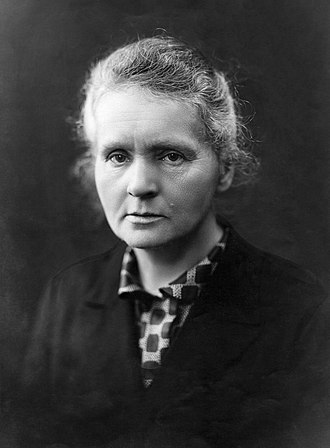The dual theme of my A to Z Challenge this year is the world of Commodities and Poetry Forms so the juxtaposition of these two themes may throw up some strange poems – could be a Heroic Ode to Heating Oil or will it merit a Haiku or a Haibun – whichever, I will be endeavouring to bring you interesting facts about commodities that may change the way you think about the stuff we variously depend on…
By commodity I mean certain items that are of both sufficient value/volume to be traded in special markets and are generally volatile enough to attract traders in “Futures” which are a way of hedging bets in the trading world of stocks, shares and commodities.
The A to Z Challenge runs throughout April and will consist of 26 posts – there are only a couple of letters for which I couldn’t find commodities but plenty of poetry forms to carry the day!
Worlwide trade in Uranium – 2022 – $951.586 Million – 29.32 Metric Tons
What do you think of first when you hear the word Uranium – perhaps you saw last year’s blockbuster Oppenheimer about the moral agonising of that man over the detonating of the first atomic (Uranium) bomb over Hiroshima, perhaps you think of that bomb itself, or perhaps you think of the peaceful use of nuclear power that followed on from that awful event. Perhaps you think of the pressure on Iran to stop it from accumulating enough nuclear material to make a bomb of its own. Science, politics, history and remarkable individuals – all are involved in the nexus which is Uranium.
Compounds of Uranium had been used as colouring agents since Roman times and even from the 1830’s glass like the examples above were being made with no idea of the dangers of radiation that they posed – for though Uranium was “discovered” by Martin Heinrich Klaproth in 1789, the idea of radioactivity was not put forward until 1896 when Henri Becquerel determined that a form of invisible light or rays emitted by uranium had exposed a photographic plate on which a sample of a uranium salt had been placed. It was to take even longer for the deleterious effects of radiation to become apparent and Becquerel and his collaborators Pierre and Marie Curie probably all suffered some effects of being exposed to radioactivity throughout their work.
Uranium is the highest numbered element on the Periodic Table to be found in significant amounts on Earth almost always combined with other elements yet it is now thought vital, along with thorium, and potassium-40, in providing the heat – through atomic decay – that keeps the Earth’s mantle hot and the outer core of the Earth liquid – without which there would be no currents in the Mantle , no plate tectonics and no magnetic field protecting us from Solar radiation. We literally owe our existence to Uranium as well as the shape of our continents, vulcanicity and their attendant earthquakes… In the Earth’s crust, Uranium is found in concentrations of 2 to 4 parts per million, or about 40 times as abundant as silver. It can be recovered commercially from sources with as little as 0.1% uranium.
Pierre Curie, Marie Curie, and Henri Becquerel became co-researchers into radioactive elements and Marie Curie in particular, noted that Pitchblende – an ore of Uranium, was more “active” than could be accounted for by Uranium alone and this eventually led to isolating and identifying Polonium and Radium. Marie Curie was nearly not included in the Nobel Prize in 1903 by the Royal Swedish Academy of Sciences until an advocate for women scientists insisted on her inclusion – throughout her early career Marie had worked against the non-inclusion of women in science and so she stands out as one of the great pioneers not just in the work on radioactivity, but as a woman scientist. These three scientists could little have imagined the direction that science would take radioactivity – driven by the impetus of war to unlock the theoretical idea that nuclear fission could be used to develop a bomb of unimaginable strength. Technology is often driven by unfortunate things, the development of home cine-cameras and later the rapid growth of the internet owe a great deal to pornography and the atomic bomb, fuelled by war, came before the peaceful application of nuclear power – an unpallatable truth… Oppenheimer, the movie, unfolds the story of the transformation from scientific theory to a functioning bomb and the soul-ache it brought to Oppenheimer.

Production from world uranium mines has in recent years supplied 90% of the requirements of power utilities.
The Uranium Commodity Market
Primary production from mines is supplemented by secondary supplies, formerly most from ex-military material but now the products of recycling and stockpiles built up in times of reduced demand.
Okay so here’s the commodity trading bit about Uranium – “All mineral commodity markets tend to be cyclical (i.e. prices rise and fall substantially over the years) but these fluctuations tend to be superimposed on a long-term trend decline in real prices, as technological progress reduces production cost at mines. In the uranium market, however, high prices in the late 1970s gave way to depressed prices in the whole of the period of the 1980s and 1990s, with spot prices below the cost of production for all but the lowest-cost mines. Spot prices recovered from 2003 to 2009, but have been weak since then.” (Source Uranium Markets).
And so to today’s poem for which there is no form beginning with “U” however, the Ghazal is one form of Urdu Poetry and so that is what I am going with. In poetry (and as the lyrics in songs), the ghazal (Arabic: غزل; Turkish gazel) is a poetic form consisting of couplets which share a rhyme and a refrain. Numerous scholars and poets have attempted to translate ghazals from their original language to English. The task is daunting, as keeping the literal meaning of each poem while respecting the rhyme, refrain, and length of lines is difficult, if not impossible.It was the poet Agha Shahid Ali who introduced it, in its classical form, to Americans and the English-speaking world. Ghazal in Arabic literally means “speaking with women”. The ghazal not only has a specific form, but traditionally deals with just one subject: Love. And not any kind of love, but specifically, an illicit, and unattainable love. I have taken some minor liberties with the form but I hope I have written to the spirit of the Ghazal…
Marie Curie was groundbreaking not only for her work on radioactivity, but also because of the struggle she faced as a woman to have her work taken notice of and even to have obtained an education in science.
So there you have it – a love poem… I have taken a few liberties with the repeating chorus element and I am not sure that the couplets are thematically independent but it is what it is!
Uranium – Explored with Love…
Marie, Science was for you an act of love
Your husband also took science for his love.
Born in Poland under the Russian control
You studied secretly of science- your love.
The Floating University it was who
Launched the boat that was your first love – science.
Moving to Paris to follow your sister
Easier to pursue your lover science.
What is a husband if he does not share your
Passion and your joy in loving all of science.
Eventually with Henri Becquerel they
Won the Nobel Prize for their love of science.
Two Nobel Prizes, first for married couple
Took notice of their science and their one love.
Love of science and mapping its far extent
Radioactive was their love of science.
You had children with poor struck down Pierre but
Marie, Science was for you an act of love.
© Andrew Wilson, 2024


You can do worse than a poem dedicated to Marie Curie!
—
Tim Brannan, The Other Side blog
2024 A to Z of Dungeons & Dragons, Celebrating 50 Years of D&D
Hope you liked it – I was quite pleased for a first Ghazal…
Quite a history there. My mind goes to nuclear power plants and how the waste can be used in “dirty bombs”…
Ronel visiting for U: My Languishing TBR: U
Unbridled Harpies
It’s a conundrum – nuclear power – it should be the clean option but dirty politics makes nuclear power risky in its own way. I think that we should be looking at smaller nuclear power stations which also reduces the distribution network…